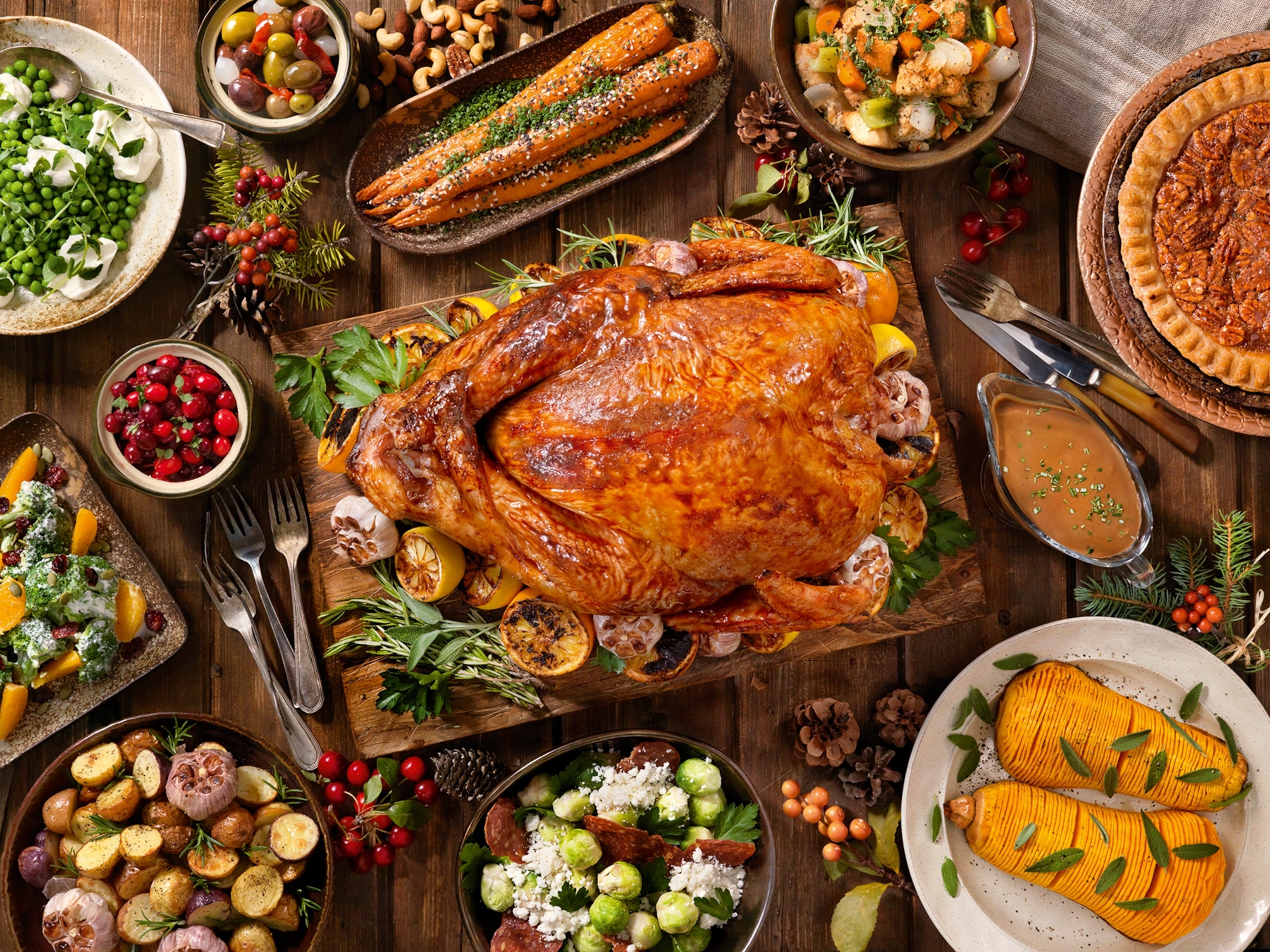
Unique ways to experience Canada in the spring
There are many experiences that you can only have in Canada in the springtime, from encounters with puffins against a backdrop of shimmering icebergs, to urban festivals celebrating tulips or outine, to glorious hot springs in the Rocky Mountains.
Here’s how you can get the most out of a spring visit to Canada, enjoying more intimate encounters with places that can get busy at other times of year.
Blooming urban adventures
Each May in Ottawa, Ontario, the Canadian Tulip Festival brings two weeks of live music, arts and cultural events, and fireworks among the glorious, bright, and fragrant blooms. Close to one million tulip bulbs are planted in Ottawa each year, in thirty different locations, so the city is awash in color, and to wander through its parks in the springtime is delightful.
Cherry blossom festivals across the country celebrate the beauty of cherry trees in full bloom. In April, the Vancouver Cherry Blossom Festival, in British Columbia, includes a huge picnic under the cherry trees (complete with entertainment and food trucks), bike tours, foodie events, as well as lights and lanterns adorning the trees at night. In Toronto, Ontario, some 2,000 cherry trees were planted sixty years ago. When they bloom in late April and early May, locals delight in walking routes beneath the trees. Victoria, British Columbia, is also proud of its many cherry trees and, because it’s the city with Canada’s mildest climate, the trees can bloom as early as late February.
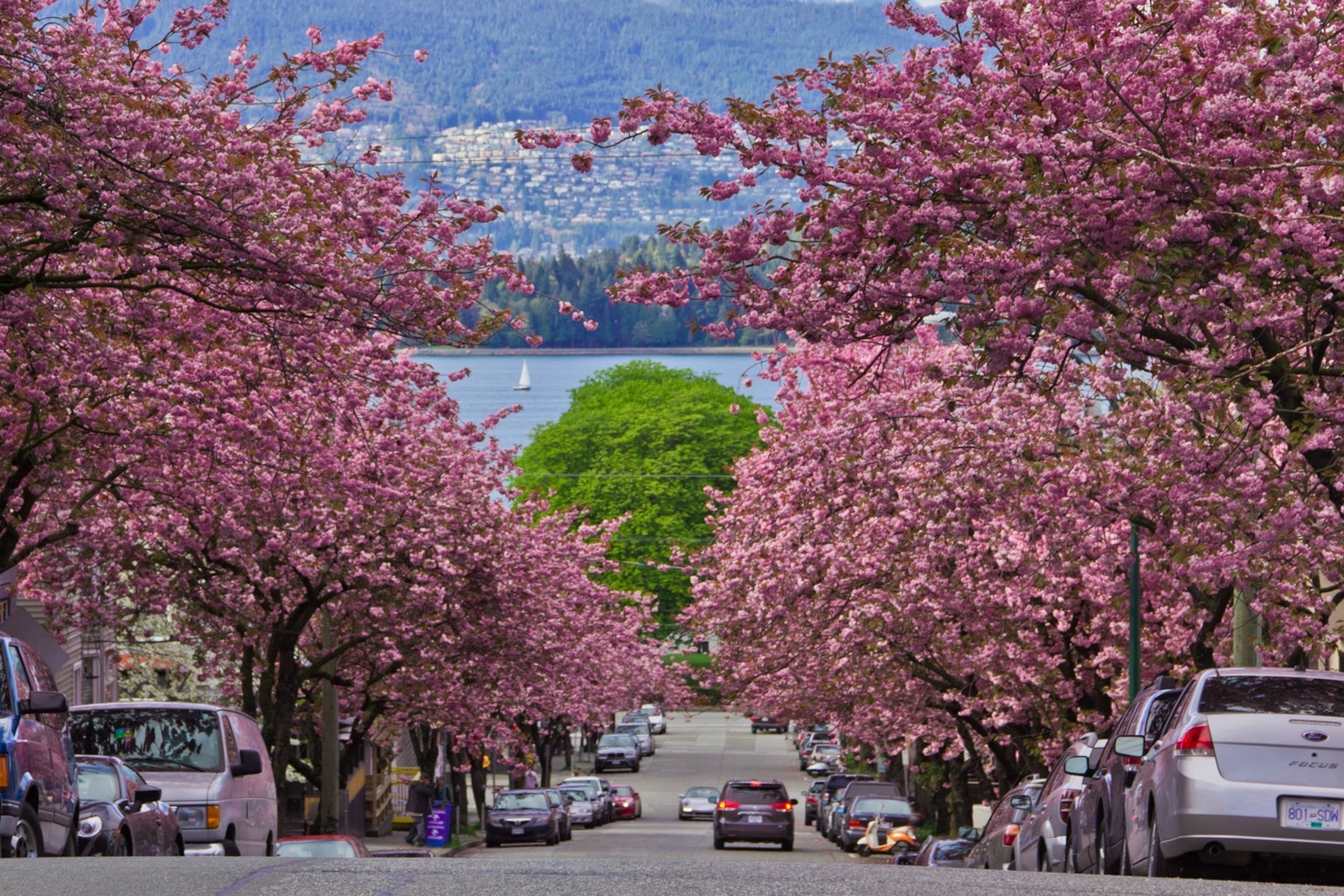
Wildlife and natural phenomena
Mid-May is the start of puffin breeding season in Newfoundland and Labrador, where you’ll see thousands of these comical and cute birds nesting on cliffs along the island’s east coast. If you’re lucky you might even spot a whale or two – Newfoundland and Labrador has the largest population of humpbacks in the world, and twenty-two species of whales can be found in its waters (best spotted from mid May onwards). By late May, you'll see icebergs drifting along that same coast, making springtime the ideal time to explore just how naturally amazing this part of Canada is.
Quebec’s Saguenay–St. Lawrence Marine Park is a rich feeding ground for many species of whales. From the end of April, blue whales and belugas can be spotted on a cruise from Tadoussac, Quebec. Trained naturalists will point out the whales, and teach you all about these huge and fascinating creatures.
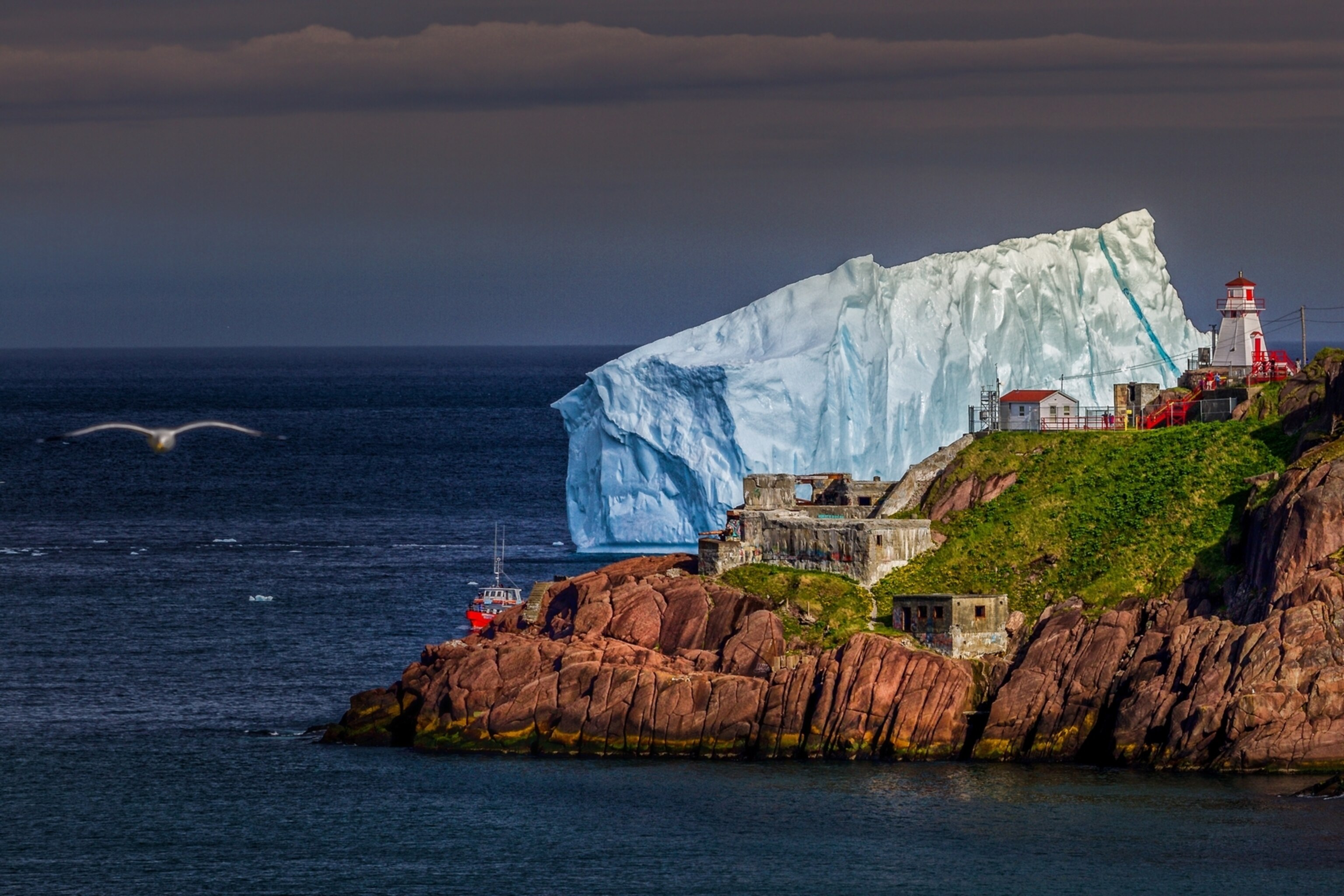
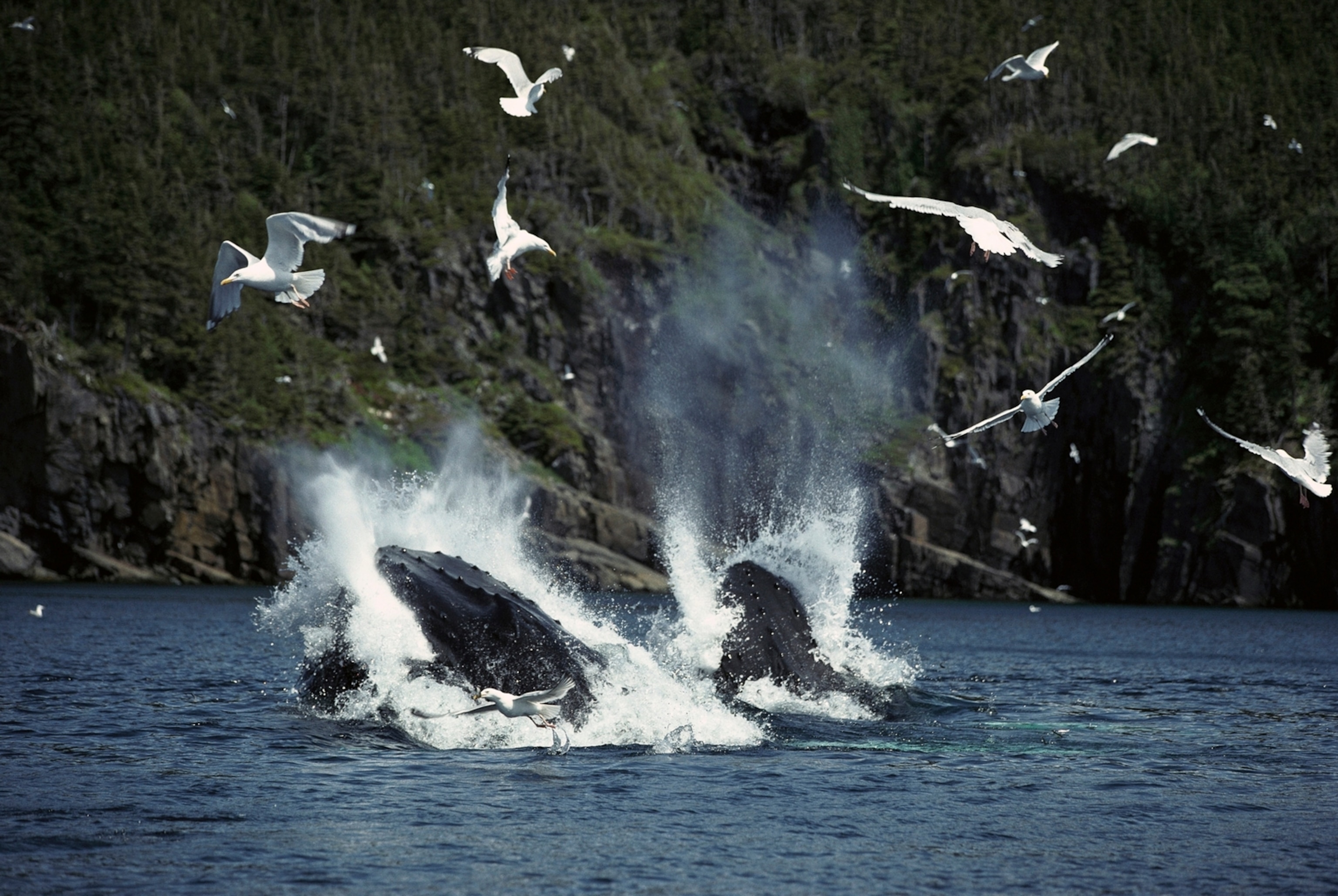
Experience the best, and decidedly different, Canadian cuisine
When the maple syrup starts to flow in early Spring, locals in Ontario, Quebec, and the Atlantic provinces head to sugar shacks to enjoy traditional cuisine, rollicking live entertainment, and plenty of sweet, maple-based treats. Seen as a celebration of springtime, visiting sugar shacks is a much-loved tradition, and a great way to connect with local culture.
Poutine is a Canadian dish that consists of fries, cheesecurds, and gravy. Although it hails from Quebec, it is sold across Canada, and Ottawa’s Beer and Poutine Festival in May has fun events celebrating the evolution of the humble potato into Canada’s most famous dish. There’s live entertainment, a poutine eating contest, craft beer, and more than a hundred varieties of poutine to chow down on.
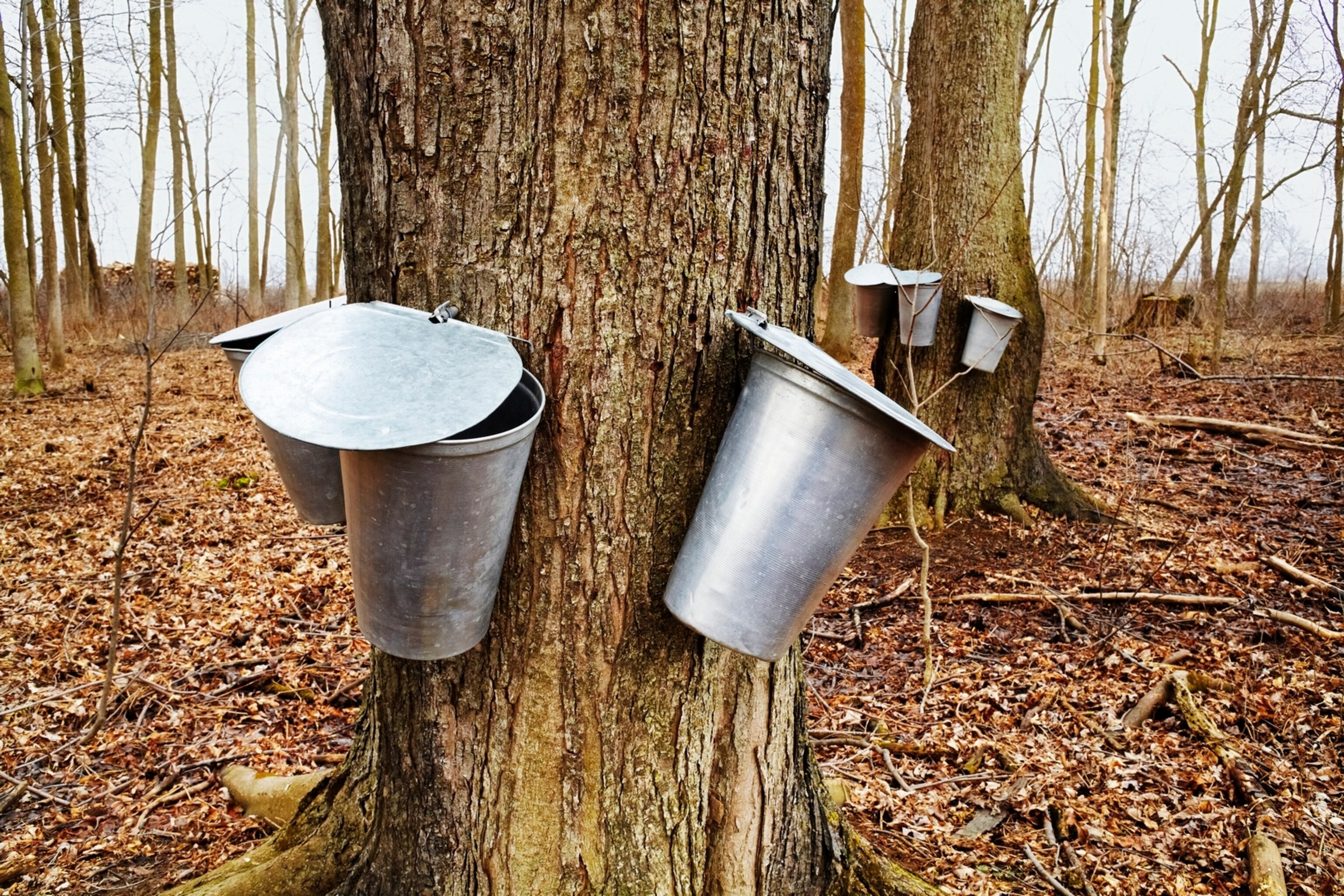
Prince Edward Island is a dream for seafood lovers, especially fans of lobster. Many locals consider tender spring lobster to be the absolute tastiest, and you’ll find it available at restaurants and fish shacks across the island.
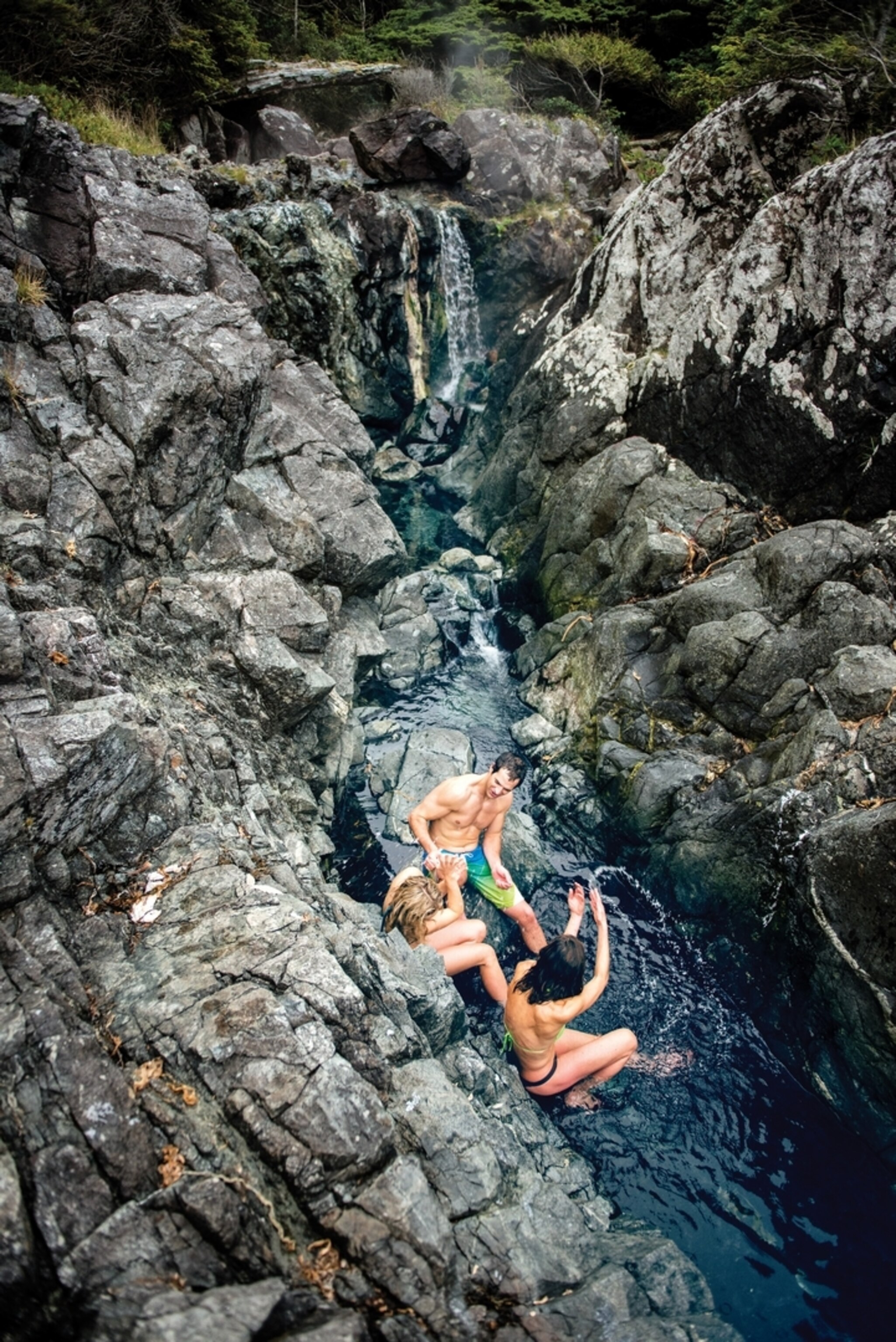
Chill out in hot springs
Spring is the perfect time to explore the many natural hot springs in Canada’s western provinces. There are several luxurious resorts in British Columbia that harness the hot healing waters - such as Ainsworth, and Harrison Hot Springs. There are also less-developed hot springs, such as those north of Tofino, accessed by boat and a wooden boardwalk through an old growth forest. In neighboring Alberta, some of the most impressive springs are located in Banff National Park, such as the historic Banff Upper Hot Springs (where you can rent 20s style bathing suits for a few dollars) and Miette Hot Springs. Visiting in the springtime means that even the most popular springs will be less busy - they can get crowded in the summer and winter months.

